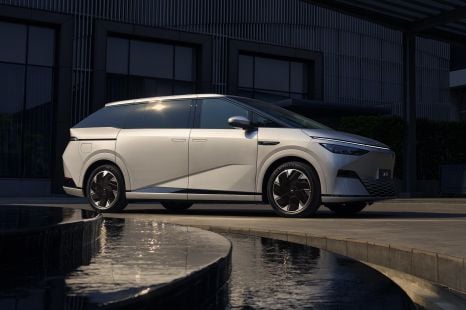

William Stopford
Will 2026 be the year of the people mover in Australia? China seems to think so
22 Hours Ago

News Editor
While some companies have announced end dates for internal combustion engine (ICE) production, Ford says there will still be demand for years even as it invests in electric vehicles.
“We want to grow EV, and we want to grow ICE,” Trevor Worthington, vice president of ICE product programs, told CarExpert.
“For the longest time out in the future, there’s going to be a need for the ICE business.
“We need ICE vehicles because our customers want them and our job is to make sure that we execute them really, really well, so that we get the revenue, we get the volume that we need, but we also… need to look for other opportunities because there are unmet needs.
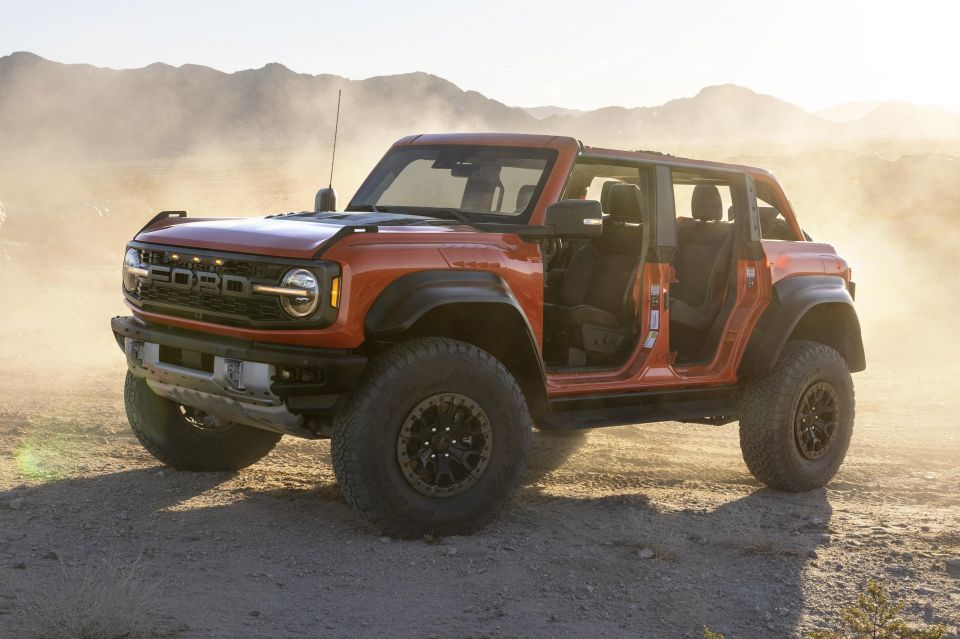
“If you’re going to spend 50 billion on EVs, which we’ve said we’re going to spend, that doesn’t come on a credit card. That comes out of really solid plans to deliver revenue and get the money in to afford the transition for all the businesses.”
While Europe is an early wide-scale adopter of EVs and is moving to effectively ban sales of new combustion vehicles from 2035 (ditto California), other regions aren’t moving as quickly – though Mr Worthington expects other countries to eventually follow suit.
“When you look at the markets that are probably going quickest towards electrification, China and Europe, maybe US is going a bit slower than that. If you look at the market outside those three, the rest of the world, probably 50 per cent of the ICE vehicles that we sell in 2027, 2028 are going to come from those other markets,” he said.
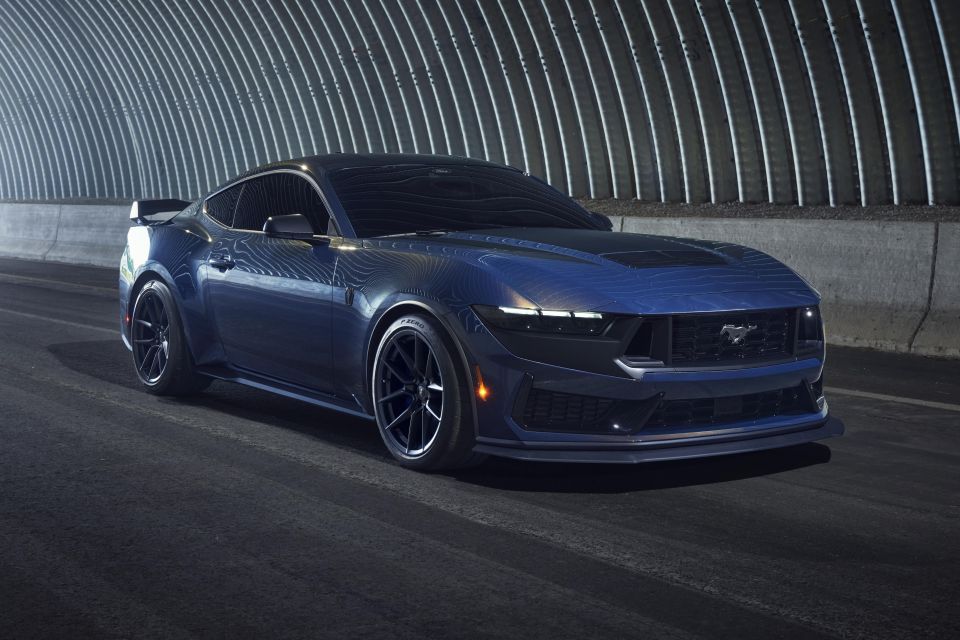
“It’s probably inevitable that more countries are going to drive towards an end date. But again, if you look at China and you look at Europe and then you look at the US, outside of those three markets, ICE is going to run, I think a lot longer than it is in those markets.
“I would expect that there’ll still be lots of markets that are selling ICE vehicles in 2035, 2040.”
Mr Worthington noted the F-Series and Explorer help bring in money in the US, while the Ranger and Everest do the same for markets like Australia and southeast Asia – and will do so for many years.
“That’s going to continue for a lot of markets well beyond 2030, it’s not going to sort of turn on the dime because different markets have got different views on incentives, different views of infrastructure,” he said.

“That’s why it’s incredibly important for us to grow and nurture vehicles like Ranger and Everest, because they’re the vehicles that predominantly play in those spaces,” added Mr Worthington.
“And we need to find opportunities to fill the niches.”
Earlier this year, Ford restructured its business to comprise a dedicated electric vehicle division, Model e, and a division that will continue producing combustion vehicles, called Ford Blue.
It says the rationale behind this was to allow its EV business to operate as a more agile start-up.
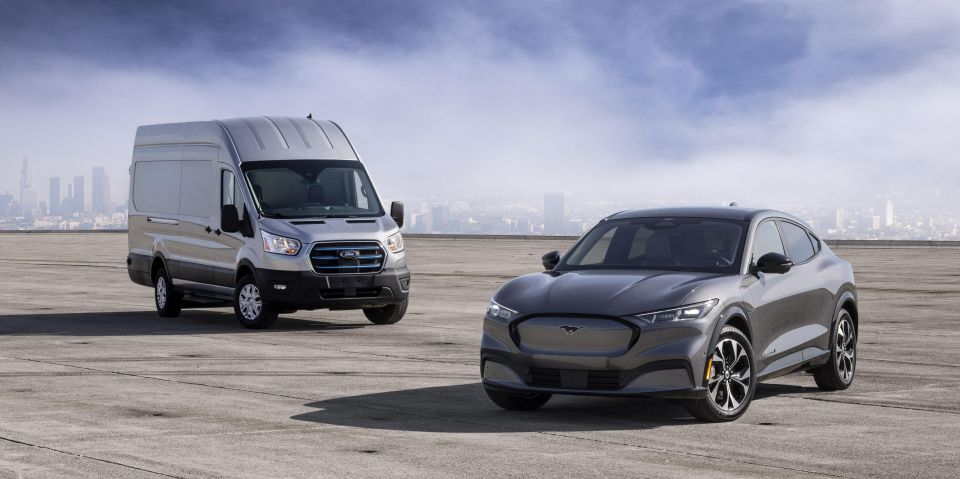
The combustion vehicles produced by Ford Blue and the Ford Pro commercial vehicle division will effectively help pay for Model e’s EV development, with Ford also announcing this year it would spend US$50 billion (A$74.6bn) on EVs through 2026.
Under the new order, Ford Model e develops EVs, as well as their associated platforms, batteries, motors, chargers and recycling networks.
Model e is also responsible for the online services and connected vehicle technologies used by all divisions.
In addition to developing ICE vehicles, Ford Blue is also responsible for hardware engineering and production for all Ford divisions, as well as providing purchasing, vehicle testing and engineering services to Model e and Ford Pro.
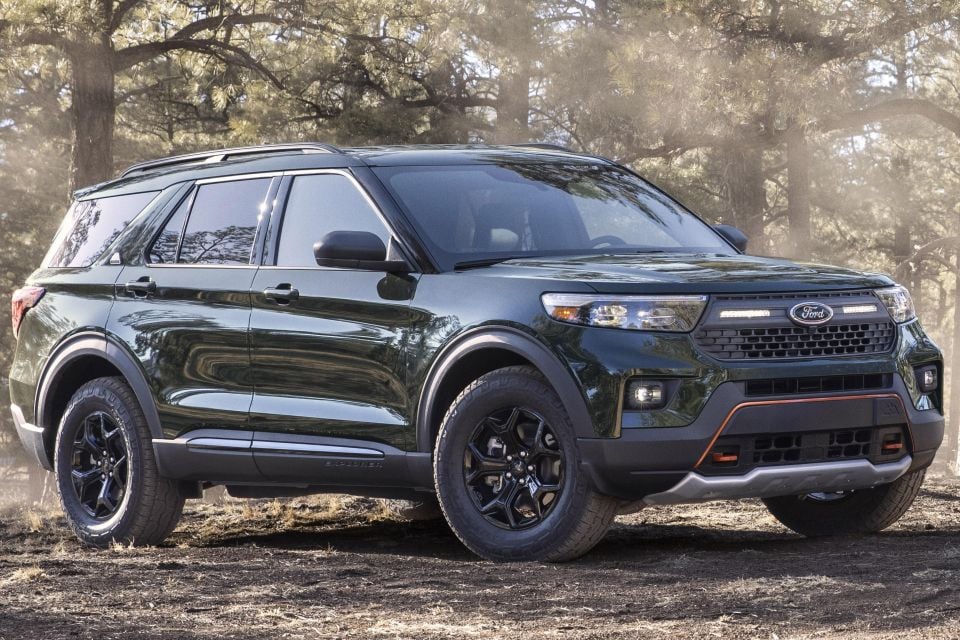
It has also been charged with rooting “out waste [to] dramatically reduce product, manufacturing and quality costs”.
Ford Pro will largely remain as is, continuing to sell both EVs and ICE vehicles to commercial operators and government fleets in the US.
“Our potential at Ford is larger probably than anything we’ve had since Ford was scaling the Model T. And it’s really about us moving into the connected digital age. And then of course the propulsion with battery electric vehicles,” said Ford chief financial officer John Lawler.
“And so we’re not walking away from ICE, that’s for sure, because we’re expanding our ICE line-up. So that’s going to be important for us for the foreseeable future.”
MORE: Ford bolsters petrol performance plan, alongside EVs MORE: Ford spending $15.7 billion on new electric car production hubs in US MORE: Ford plans seven new EVs for Europe, including Puma EV
Where expert car reviews meet expert car buying – CarExpert gives you trusted advice, personalised service and real savings on your next new car.
William Stopford is an automotive journalist with a passion for mainstream cars, automotive history and overseas auto markets.


William Stopford
22 Hours Ago


Max Davies
23 Hours Ago
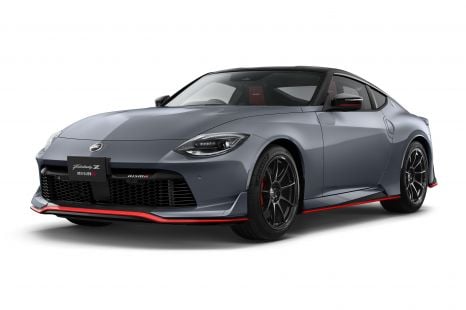

Derek Fung
24 Hours Ago
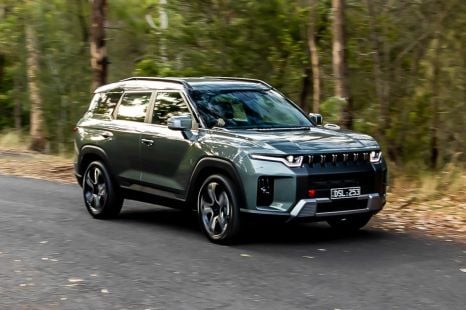

Matt Campbell
1 Day Ago


Ben Zachariah
2 Days Ago


Damion Smy
2 Days Ago